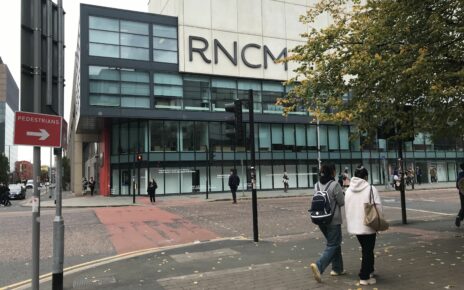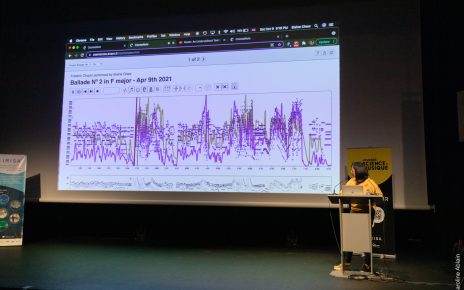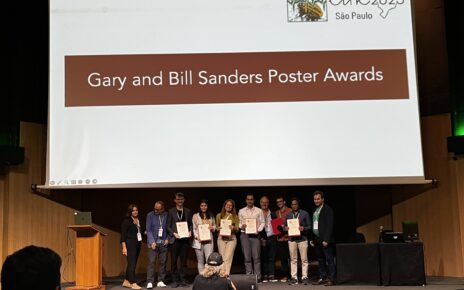

Wentao Hao presents the latest findings on applying the Symmetric Projection Attractor Reconstruction (SPAR) method to music audio signals at the 10th International Conference on Technologies for Music Notation and Representation (TENOR 2025) hosted by the Central Conservatory of Music in Beijing, China, on Sunday, 26 October 2025, in Paper Session 4 chaired by Zhang Xinran, at 2pm.
Hao, W, M Chao, M Soliński, E Chew (2025). SPAR-RT: Evolving Representations of Music Timbre, Pitch, Tuning in Symmetric Projection Attractor Reconstruction. International Conference on Technologies for Music Notation and Representation (TENOR), Beijing, CN. [ preprint ][ videos ]
Abstract: The Symmetric Projection Attractor Reconstruction (SPAR) method was proposed to visualise and analyse nonlinear characteristics of physiological signals. It has recently been applied to music signals to visualise instrument timbre. Here we evaluate its use for characterising pitch sets, timbre, and tuning in music signals, and create a real-time visualisation tool based on SPAR to analyse live music. We show how SPAR integrates phase space reconstruction with the Discrete Fourier Transform (DFT) to generate attractors whose shapes reflect the signal’s dynamic structures. Using synthetic sounds, the attractors are shown to quantify the interference of different harmonics, music intervals, chords or tuning systems. The aliasing effect is found to significantly affect the shape of the attractor, and perceptual properties like dissonance and commensurability are linked to the attractor’s entropy. Using sampled audio in the NSynth dataset, the attractors discriminate between timbres through geometric density patterns over a wide range of pitches. Cluster analysis achieved perfect classification accuracy between flute and brass instruments. The real-time SPAR visualisation enables interactive analysis and visualisation of pitch, timbral, and tuning characteristics in live music sounds evolving dynamically over time, offering novel ways to represent and process music audio. Applications include music signal analysis and learning, sound and instrument design, and live multimedia performance.




